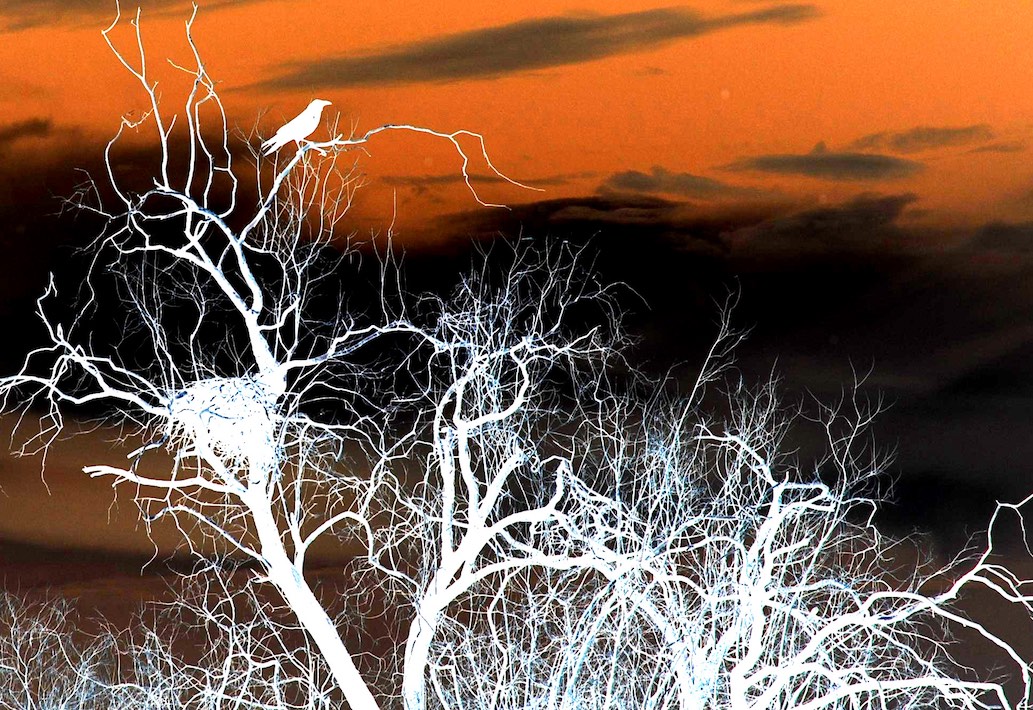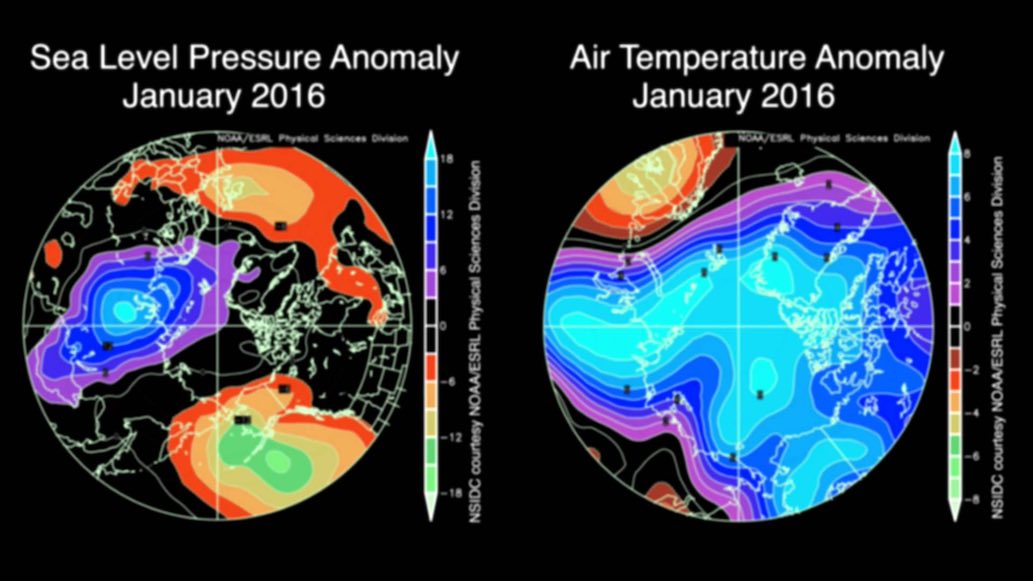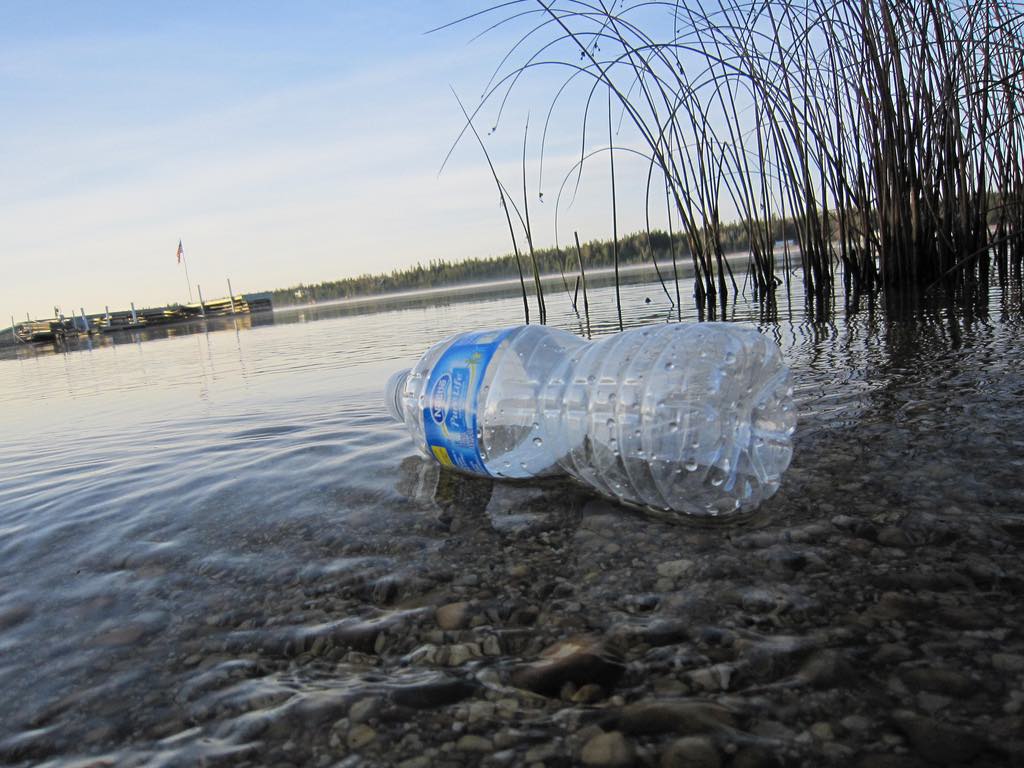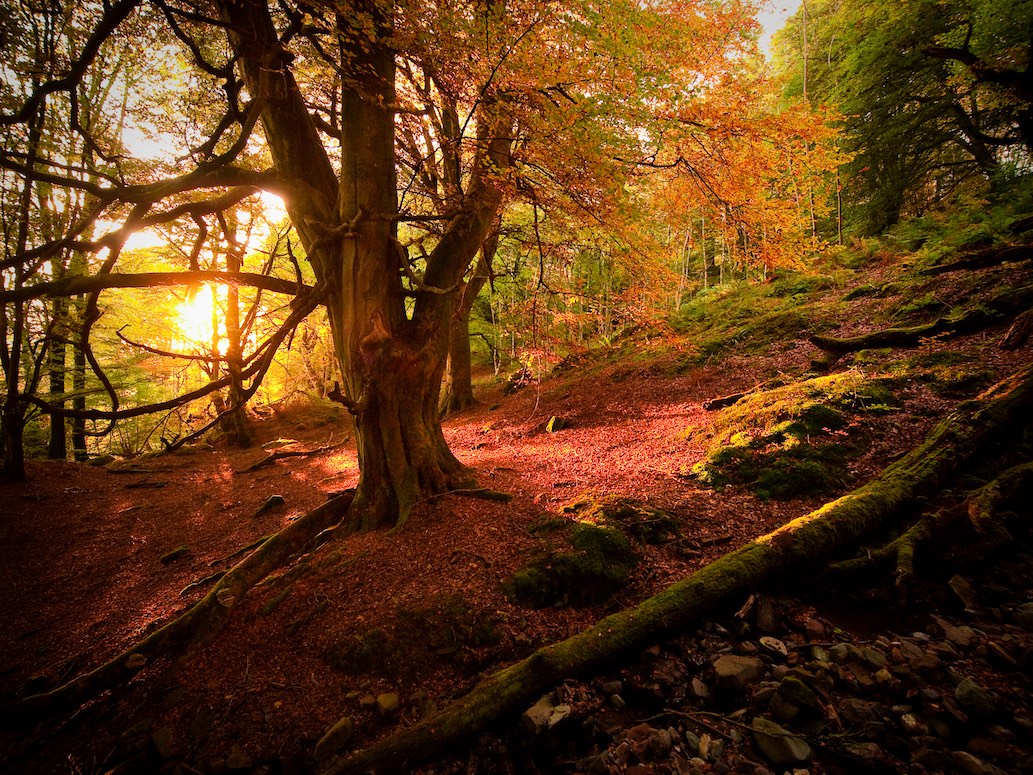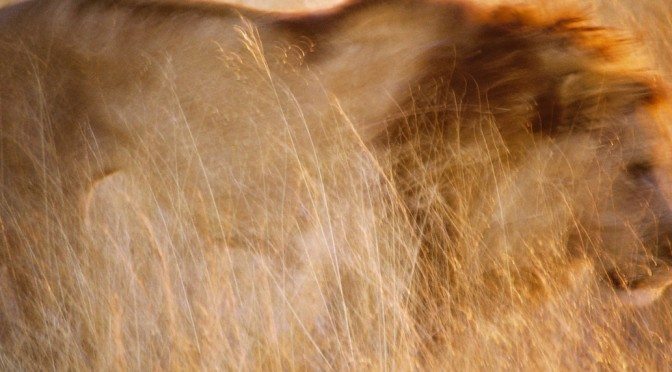
World Wildlife Day – Building an Ark for the Future of Our Wild Heritage
- Biodiversity, Enviroment, News
- biodiversity, extinction, Featured, habitat loss, poaching, world wildlife day
- March 3, 2016
The future of wildlife is in our hands
The UN named March 3 as World Wildlife Day at its 68th General Assembly on December 20, 2013. The designation aimed to coincide with adoption of the Convention on International Trade in Endangered Species of Fauna and Flora (CITES) on March 3, 1973.
CITES is an international agreement regulating the commercial trade in wild plant and animal species to safeguard wildlife from extinction from international trade.
World Wildlife Day is aspires to celebrate our wild heritage and raise awareness of the plight so many species face in a time of global mass extinction .
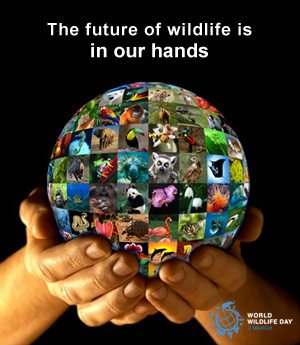
Pollinators and food production
The first global assessment of pollinators released last week at the Fourth Plenary session of the Intergovernmental Science-Policy Platform on Biodiversity and Ecosystem Services (IPBES) reports a startling decline in pollinators, from birds and bees to moths and butterflies.
The report warns that the consequences on global food production from the combined impact on pollinators, from climate change, disease and chemical pesticides, could cost the industry upwards of $577 billion annually.
“If we get further declines in wild and managed pollinators, it would be a serious risk to foods that rely on those pollinators, especially food of high nutritional quality such as seeds and fruits,” says Robert Watson, an environmental scientist at the Tyndall Centre for Climate Change.
Charismatic chaos
The main driver of this “dismantling of the biological framework of life” is the consequence of the rise of one single species – homo sapiens.
From the charismatic lions, tigers, elephants and rhinos to lesser known species, such as the pangolin or cotton-top tamarin, the fate of thousands of species is increasingly tenuous.
It is estimated that 100,000 elephants were slaughtered between 2010 and 2012 for their ivory. More than 1200 rhinos were poached in 2014 in South Africa alone. Illegal poaching and wildlife trafficking is a multi-billion industry. Dozens of species of rhinos roamed the African plains just a century ago. Today only five species remain.
Poaching is not the only human driver of extinction. Climate change, ecosystem degradation and habitat loss combine to push species to the edge of extinction.
One single species now commands between 25 to 40 percent of net primary productivity on earth. The combination of growing consumption of earth’s finite resources combined with the wanton destruction of animals has brought a 52 percent reduction of the planet’s biodiversity in just the past forty years.
Building an ark? Life in the brink
The ancient myth of Noah’s ark points to human alienation, from nature, from God’s creation and from ourselves.
If the Ark represents salvation from that alienation, we are in desperate need of one now. Humanity can only push biodiversity so far before the cascading effects of our actions take their toll on all species, including us. In fact, the human toll has already begun.
It is time to reassess our relationship with nature and turn the tide, understanding that the well-being of the planet and all its inhabitants are essential to our own survival.
Our fate, and that of all life on earth, is in our hands.
“On this World Wildlife Day, I call on all citizens, businesses and governments to play their part in protecting the world’s wild animals and plants. The actions taken by each of us will determine the fate of the world’s wildlife. The future of wildlife is in our hands!”
-Secretary-General Ban Ki-moon
Featured image credit: Tom Schueneman, all rights reserved
